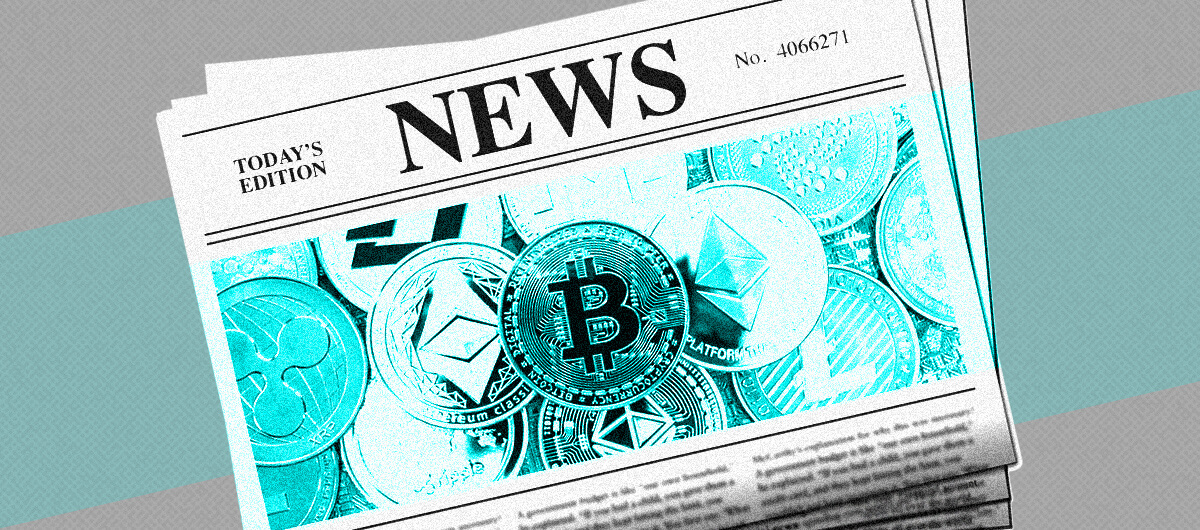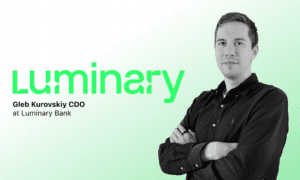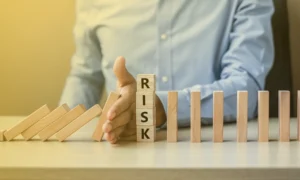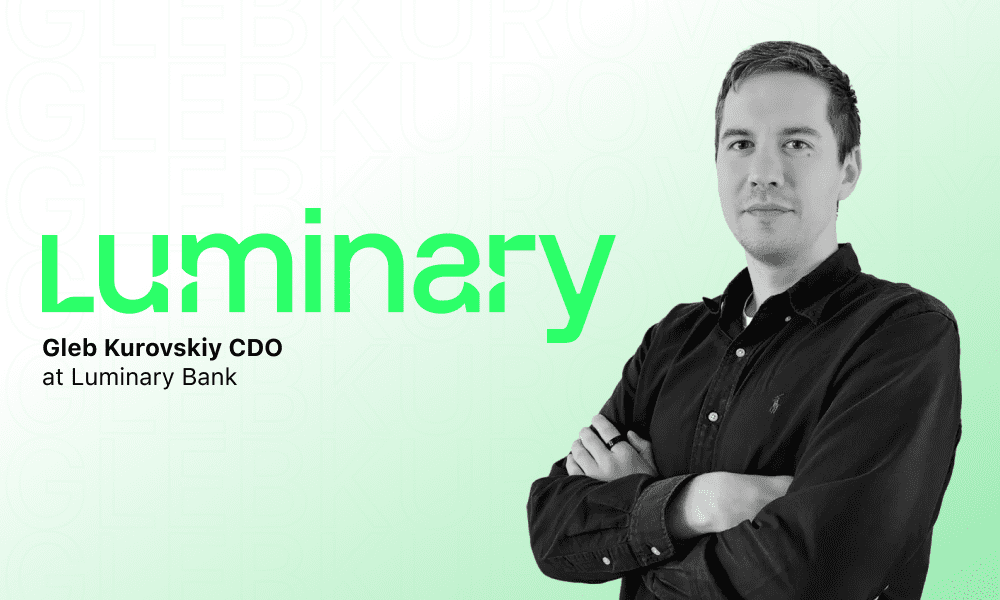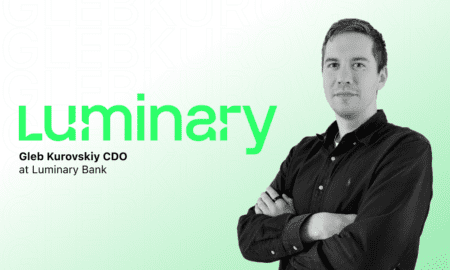As the crypto space continues to evolve at lightning speed, journalists are under growing pressure to keep up — not only with the technology but with the ever-expanding list of new tokens, protocols, and decentralized platforms. In this fast-paced ecosystem, where projects rise and fall overnight, accuracy and clarity in reporting are more essential than ever.
But writing a well-researched crypto article involves more than just fact-checking tokenomics or quoting founders. It also requires solid branding assets, quick access to verified data, and context that helps make sense of complex systems for readers.
Here’s a breakdown of what every journalist should have in their toolkit when covering a new blockchain or crypto project.
Verified Project Details
Before anything else, confirm the basics: project name, token ticker, founding team, launch date, and blockchain of origin. Always cross-reference the official website, GitHub, and whitepaper to ensure the details are current and accurate. Many projects undergo rebrands, fork events, or token migrations — any of which could render earlier materials outdated.
A Reliable Source for Logos and Visuals
One of the most overlooked parts of crypto journalism is visual accuracy. Whether you’re preparing a feature image, embedding an asset icon, or formatting a news roundup, using the correct logo in proper resolution and color matters more than most realize. Inaccurate branding not only undermines the quality of your piece but can also confuse readers or damage credibility.
That’s why having access to a trusted directory of assets is crucial. This crypto logos resource offers a convenient collection of verified branding materials — ideal for journalists who need to quickly locate official logos, icons, or symbol variations for major tokens and emerging projects alike.
Access to the Team or Spokesperson
Whenever possible, reach out to the project’s media contact or spokesperson for an official quote or fact confirmation. Even if they don’t provide commentary, the act of verifying statements through a primary source adds a layer of journalistic diligence that builds trust with your audience.
If direct access isn’t possible, check for recorded AMAs, conference panels, or interviews on YouTube or Twitter Spaces. These often reveal a project’s tone, goals, and roadmap details in the founders’ own words.
Regulatory and Risk Context
Especially for new readers, it’s critical to offer context around legal, financial, and security considerations. Is the project based in a jurisdiction with clear regulations? Has the team undergone any audits? Are there known red flags from previous ventures or on-chain history?
Including this kind of context — without sensationalism — turns your article from a surface-level overview into a piece of real value.
Final Thoughts
Covering crypto projects demands more than surface-level reporting. It requires a combination of fact-checking, branding accuracy, and contextual awareness. With the right tools and resources at hand, journalists can help demystify blockchain technology for the public and elevate the standard of reporting in a space that desperately needs clarity.
Whether you’re profiling a promising L2 network or breaking news on a DeFi exploit, preparation makes the difference between clickbait and credibility.

